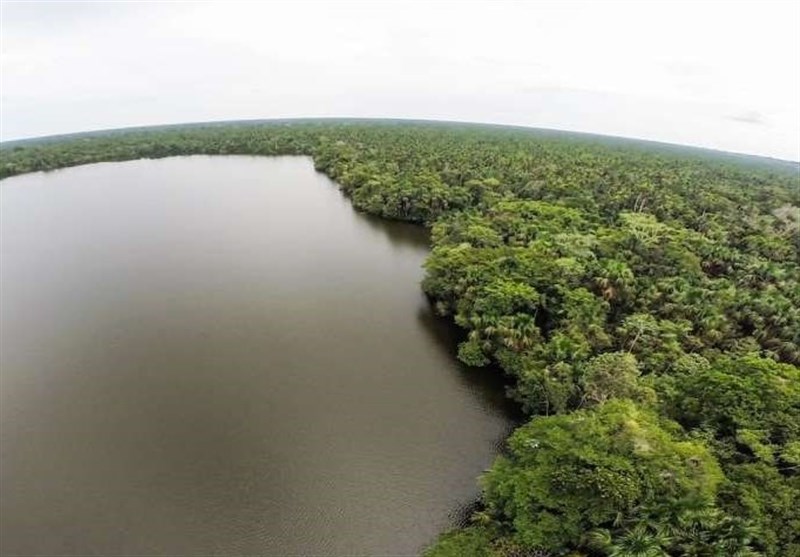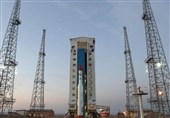Climate Change May Soon Force Amazonian Major Carbon Sink to Become Carbon Source
TEHRAN (Tasnim) - A new study published in the journal Proceedings of the National Academy of Sciences indicated that ecosystems like oceans and forests, may stop absorbing carbon from the atmosphere but start emitting it, due to the human-induced climate change.
Until humans can find a way to geoengineer ourselves out of the climate disaster we've created, we must rely on natural carbon sinks, such as oceans and forests, to suck carbon dioxide out of the atmosphere.
These ecosystems are deteriorating at the hand of climate change, and once destroyed they may not only stop absorbing carbon from the atmosphere, but start emitting it.
Ecosystems that host a carbon-dioxide rich type of soil called peat, known as peatlands, are the most efficient natural carbon sink on the planet. When undisturbed, they store more carbon dioxide than all other vegetation types on Earth combined. But when they're drained and deforested, they can release nearly six percent of global carbon dioxide emissions each year. Climate researchers are worried that many of the peatlands soaking up carbon now will soon be doing the opposite.
"Global peatlands cover only about 3 percent of global land area, but hold around 30 percent of the earth's soil organic carbon," said Qianlai Zhuang, a professor of earth, atmospheric and planetary sciences at Purdue University. "Peatlands act like a 'terrestrial ocean' because of their sequestering carbon, but will this large amount of peat carbon be released under a warmer climate, causing further warming?"
In collaboration with Sirui Wang, a Ph.D. candidate at Purdue, Zhuang looked to peatlands in the Peruvian Amazon to try to answer this question.
According to an earth systems model spanning from 12,000 years ago to 2100 AD, this relatively small basin could lose up to 500 million tons of carbon by the end of this century. That's about 5 percent of current global annual fossil fuel carbon emissions, or 10 percent of US emissions, being spit back out into the atmosphere.
By most estimates, South America will become both warmer and wetter by the end of the century. Zhuang's findings, which were published in Proceedings of the National Academy of Sciences on Monday, show that higher temperatures lead to more peat carbon loss, while increased precipitation slightly enhances the build-up of peat carbon over long timescales. Together, this is likely to increase carbon loss from peatlands to the atmosphere, Phys reported.
Peatlands in northwest Peru remain nearly intact, but this isn't the case in most places with significant peat stocks, which are being cleared to make room for agriculture. Peatlands in some parts of the world, including Canada, Siberia and Southeast Asia, have already turned into significant carbon sources. The same fate may be coming soon for the Peruvian peatlands.
"If the area we looked at could represent the whole Amazonia or tropical peatlands, the loss of peat carbon to the atmosphere under future climate scenarios should be of great concern to our society," Zhuang said. "Agricultural intensification and increasing land-use disturbances, such as forest fires, threaten the persistence of peat carbon stocks. These peatland ecosystems may turn into carbon sources instead of sinks unless necessary actions are taken."






